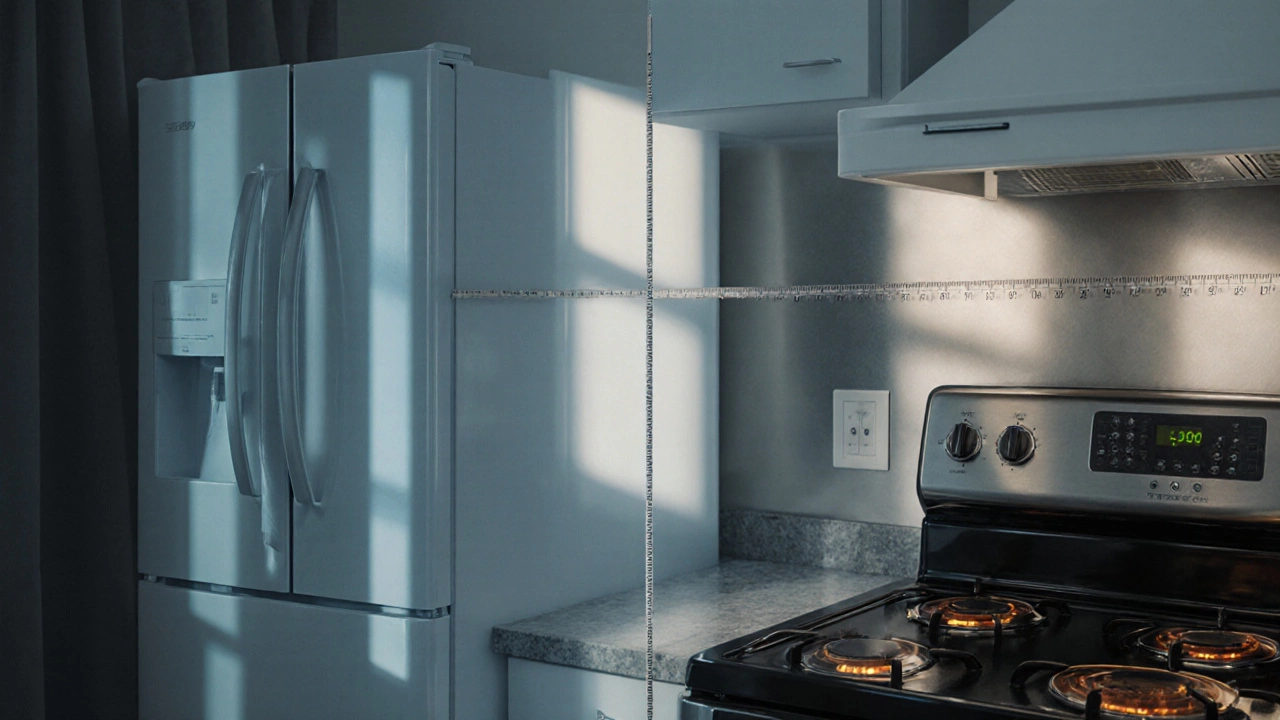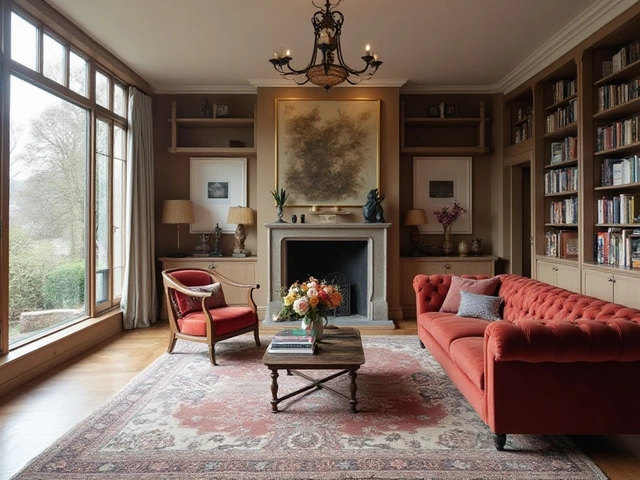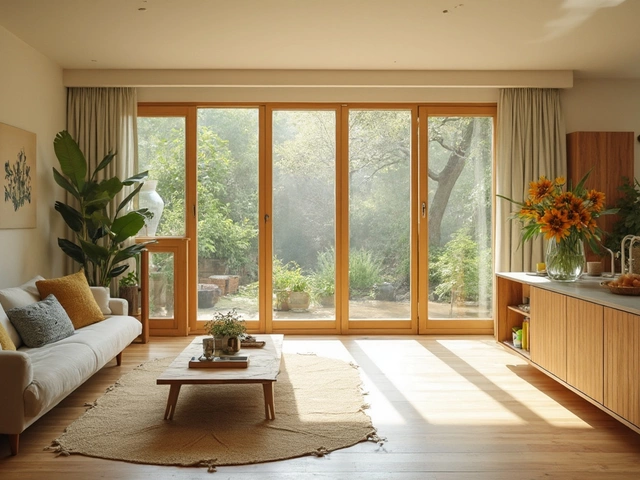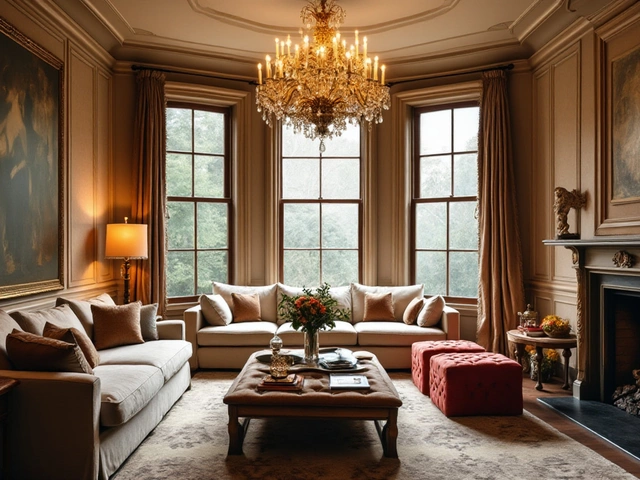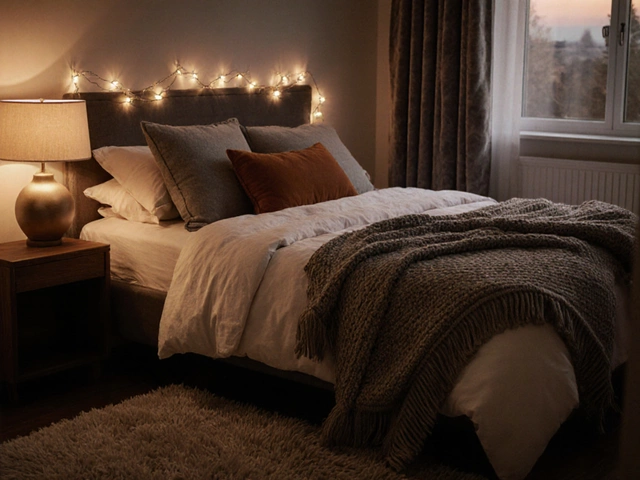Building Codes: Essential Insights for Every Home Renovator
When working with building codes, the set of rules that govern construction, safety and habitability of a property. Also known as construction regulations, they dictate what you can and cannot do when altering a home. Understanding these rules is the first step to a smooth renovation, whether you’re swapping out a bathroom tile or re‑configuring a living room layout.
One of the first related pieces of the puzzle is permits, official approvals from local councils that confirm a project meets the required building codes. Without the right permit, a project can be halted, result in fines, or even force you to undo completed work. Another critical entity is inspections, site visits by certified officers who verify compliance with the approved plans and applicable standards. Inspections tie directly into safety standards, ensuring that electrical rewiring, plumbing upgrades or structural changes are safe for occupants.
Key Elements of Building Codes
Building codes cover several major categories. Safety standards are at the core, covering fire resistance, egress routes, and structural integrity. When you replace a bathroom vanity or install new lighting, those changes must align with electrical and plumbing codes to prevent hazards. Energy efficiency requirements also appear, pushing homeowners toward low‑flow fixtures and insulated walls – a factor that shows up in many of our modern bathroom design articles.
Compliance isn’t just about avoiding penalties; it directly impacts your home’s resale value. A kitchen remodel that follows the latest ventilation standards, for example, can be a selling point for future buyers. Similarly, flooring choices like luxury vinyl plank need to meet moisture and slip‑resistance criteria, tying back to the codes that govern floor safety in wet areas.
Design decisions often intersect with regulatory needs. If you want to add a window for better natural light, the size and placement must meet egress requirements – a rule that ensures a window can serve as an emergency exit. Our guides on curtain hanging height or modern living room layouts indirectly reference these codes, because a well‑planned space respects both aesthetics and legal constraints.
Finally, many homeowners underestimate the role of documentation. Keeping records of permits, inspection reports, and contractor certifications creates a clear audit trail. Should you ever sell the house, that paperwork proves that every renovation complied with the relevant building codes, giving buyers confidence and potentially speeding up the sale.
Armed with this overview, you’ll find the articles below align with real‑world code requirements while delivering fresh design ideas. From bathroom upgrades to modern living room trends, each piece respects the framework of permits, inspections and safety standards, helping you create beautiful, code‑compliant spaces.

